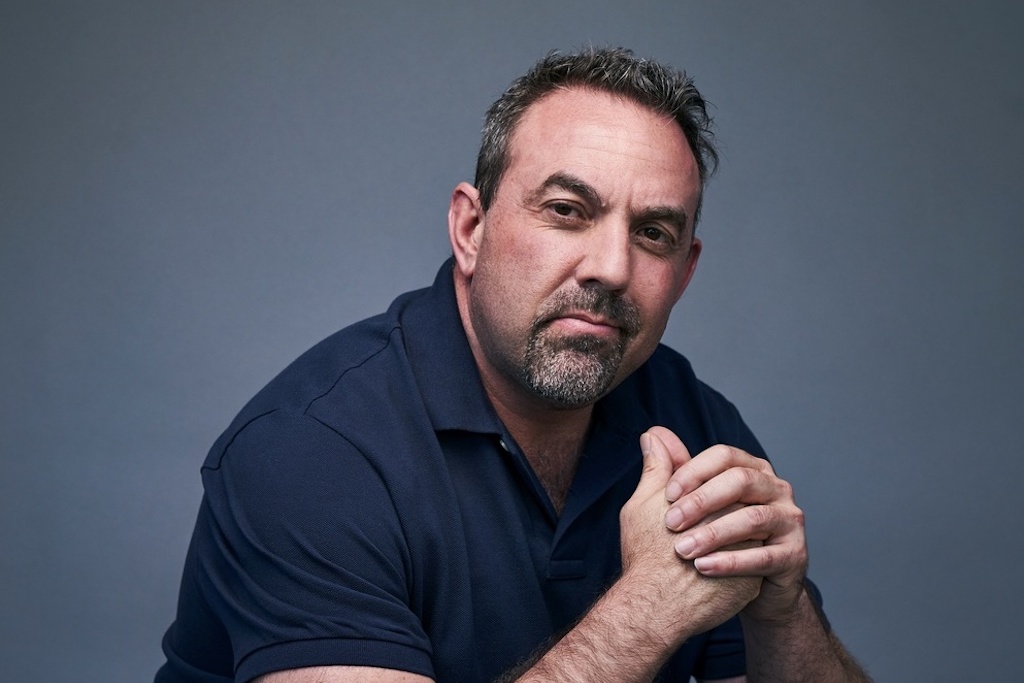By Mark Tungate
Sound is an integral piece in the puzzle of filmmaking. My first introduction to a “professional” sound experience was at the legendary VFX innovator Doug Trumbull’s studio.
Doug was all about creating an experience for the audience. While sitting there, I noticed something under my seat and asked him: “What is that thing?”
He nonchalantly told me it was “something for NASA.” Doug was a humble man – and while I never discovered what the mysterious object was, it looked like a giant boombox for outer space!
That meeting tipped my curiosity into what became a cinematic voyage into the field of sound. This coincided with a long period of actual travel around the globe.
Before I left, I met Oscar-winning sound mixer Bob Beemer in Los Angeles. Bob truly opened my eyes – or rather, my ears. He broke down the sound nuances in the film The Bourne Identity, for which he won a well-deserved Oscar.
I realized that the art of mixing is the ability to differentiate textures for the audience’s senses – ambulances, tire burnouts, breaking glass – at the right levels in terms of sound design and music. It’s a balance.
As I visited different places around the world, my awareness of differentiating textures of sound grew with every locale. When the pandemic began to close borders, I was ready to work on the sound for my latest short film, Part Deux: The Chase.
Without a stunt team to work and train with, the pandemic allowed me to undertake a full exploration of sound. The music was in place. The beats were in place.
I had shot, directed and edited with sound design in mind. With the cars chosen for their engine possibilities, and the music already edited with tension built, the piece was ready for the right sound designer.
I was fortunate that my project attracted the talent of sound editor Mark Mangini, two-time Oscar winner for Mad Max: Fury Road and Dune. I was also a fan of his work on BMW’s “The Hire” films (2001-2002), which are still the benchmark for branded content.
Not many sound designers can duplicate the ideas in a director’s head – but Mark can. He understood the subtleties of driving that I wanted to capture in my film. I also wanted to employ certain traits that have disappeared since the classic car chase in Bullitt (1968).
One of those was “porting and polishing” – a method where the cylinder heads of the engine are bored and the metal is smoothed, so the fuel moves through them more freely. As a result you can put in bigger valves, which gives the car that throaty sound. For our film, we chose an engine sound that had a throaty feel and modified it slightly to make it more crisp and crackly.
Let’s cut to the chase
A big problem facing action filmmakers today is that the car chase is dying out. Electric cars are here to stay and some young stunt drivers, particularly in the States, don’t know how to work a manual gearbox. Plus, many sound designers don’t understand the nuances that we “gear heads” have been getting off on for years!
But when I told Mark about feathering the clutch, he knew exactly what I meant. Referring to his own Ferrari, he told me that Enzo Ferrari found it sacrilege to have a radio in a car when the engine sounds were music in themselves.
As the pandemic went on, our conversations deepened in complexity. Since we didn’t have the budget for crashes and explosions, we explored the fundamentals of sound. I pitched an idea to Mark that the chase should rise to a crescendo, like a song building up.
But here the effect is provided not by music, but by cars, speed, visuals, beats and tempo. In fact the edit breaks down into several parts, with different beats giving an ebb-and-flow to the structure, before the chase culminates in the big finish.
Mark eventually devised an ending that sounds euphoric. This is one of the reasons why the film has to be listened to on proper headphones or speakers.
Mark is a strong supporter of theatre sound structure. I believe he said at his most recent Oscar speech that an audience comes to the theatre not just to see a movie, but to hear it.
He’s not wrong. Take the sounds out of Fast & Furious, Bourne, Bond, or any action film and they’d be rendered limp! They say sound is 50% of a film, but I’d wager that in an action sequence, it’s even higher.
Branded content presents the same challenge. Sound offers infinite possibilities for creativity, yet remains a fairly unsung element of the filmmaking process. Putting more thought into audio research can work wonders!
During my own sound journey I spoke to many other geniuses from that world, including sound engineer Brian Christian, who worked on The Wall with Pink Floyd; Max Norman, the producer who put Ozzy Osborne back on the map, and Mike Butcher, the producer of the “best” Black Sabbath period. Listening to their processes and asking them questions, I explored and grew as a filmmaker.
I recently visited the area of Wales where Jimmy Page and Robert Plant spent two months off the grid exploring different sounds and textures. It’s on the edge of the Snowdonia mountain range.
When driving in the mountains I could feel what they were seeing, what they were experiencing, particularly on their album Led Zeppelin III. The harmonics matched the scenery.
This goes back to my earlier statement – different locales will influence the aesthetic process. My next project, a speed bike chase, was borne out of a sound I heard every day in the medina in Fez, Morocco: the sound of a motorbike accelerating. Even a sound that familiar is enough to transform a creative idea into something “real”.
In the use of sound, as in any form of creativity, never ignore your instincts: the aesthetic mind works intimately and uniquely.
The Young Spikes Malaysia awards are for professionals under the age of 30. There are five categories: Digital, Media, PR, Integrated, Young Marketers. Participants race against the clock to generate ideas before presenting them to an accomplished industry panel.
Real work briefs are provided by sponsors Etika, KFC, Telekom Malaysia, Sime Darby Property and GO Communications, and teams of two are then given 24 hours, 48 hours for Integrated, to generate and present their solutions.
The Digital Gold winners at Spikes Malaysia 2019 went on to win Gold, Best in Asia-Pacific, bringing glory to Malaysia’s young talent. https://marketingmagazine.com.my/ys2022/
MARKETING Magazine is not responsible for the content of external sites.











